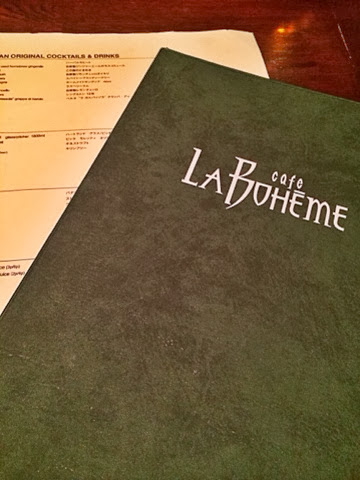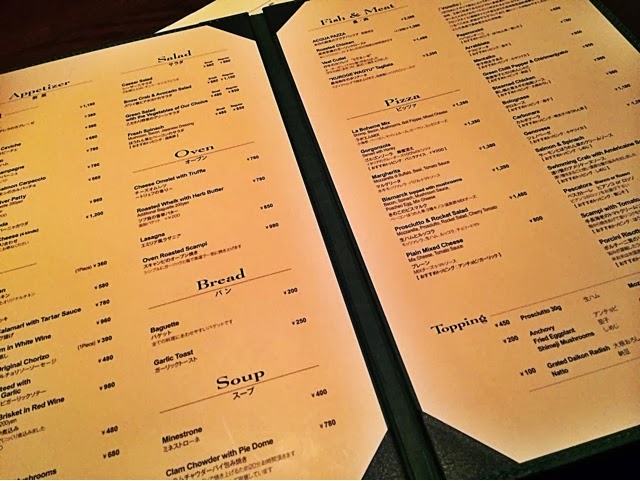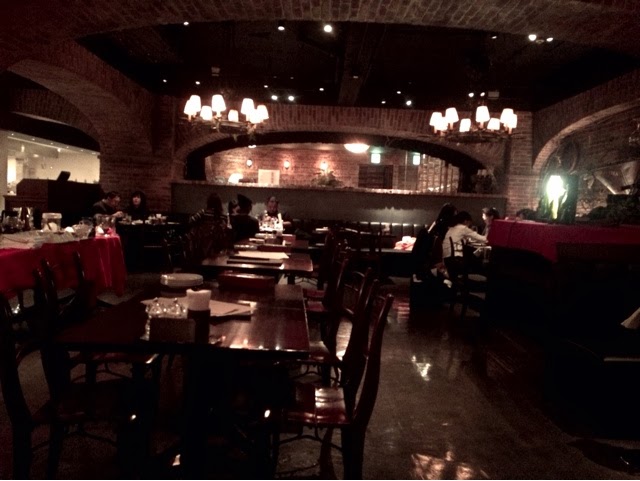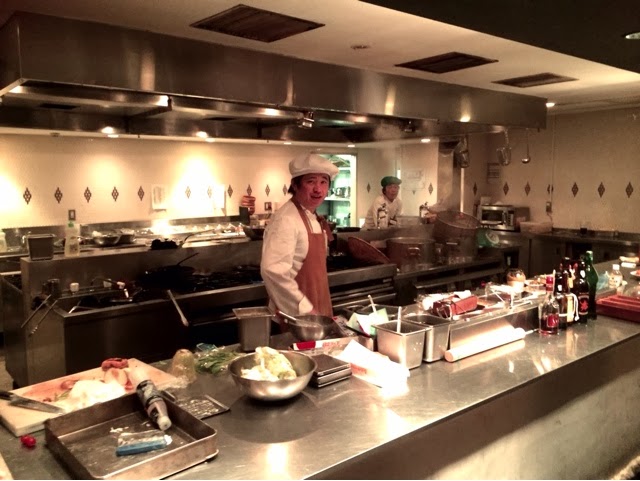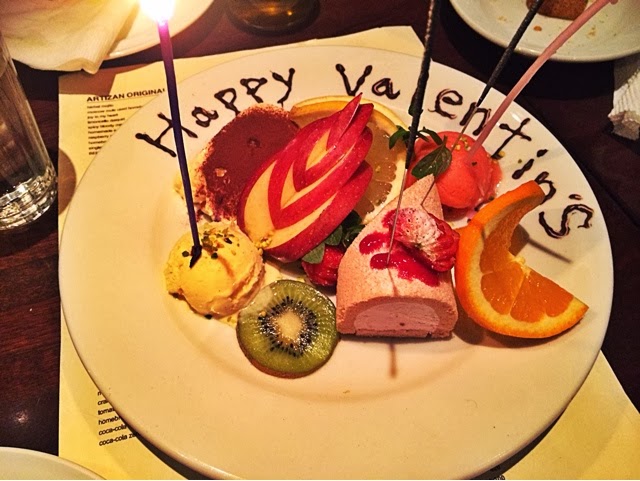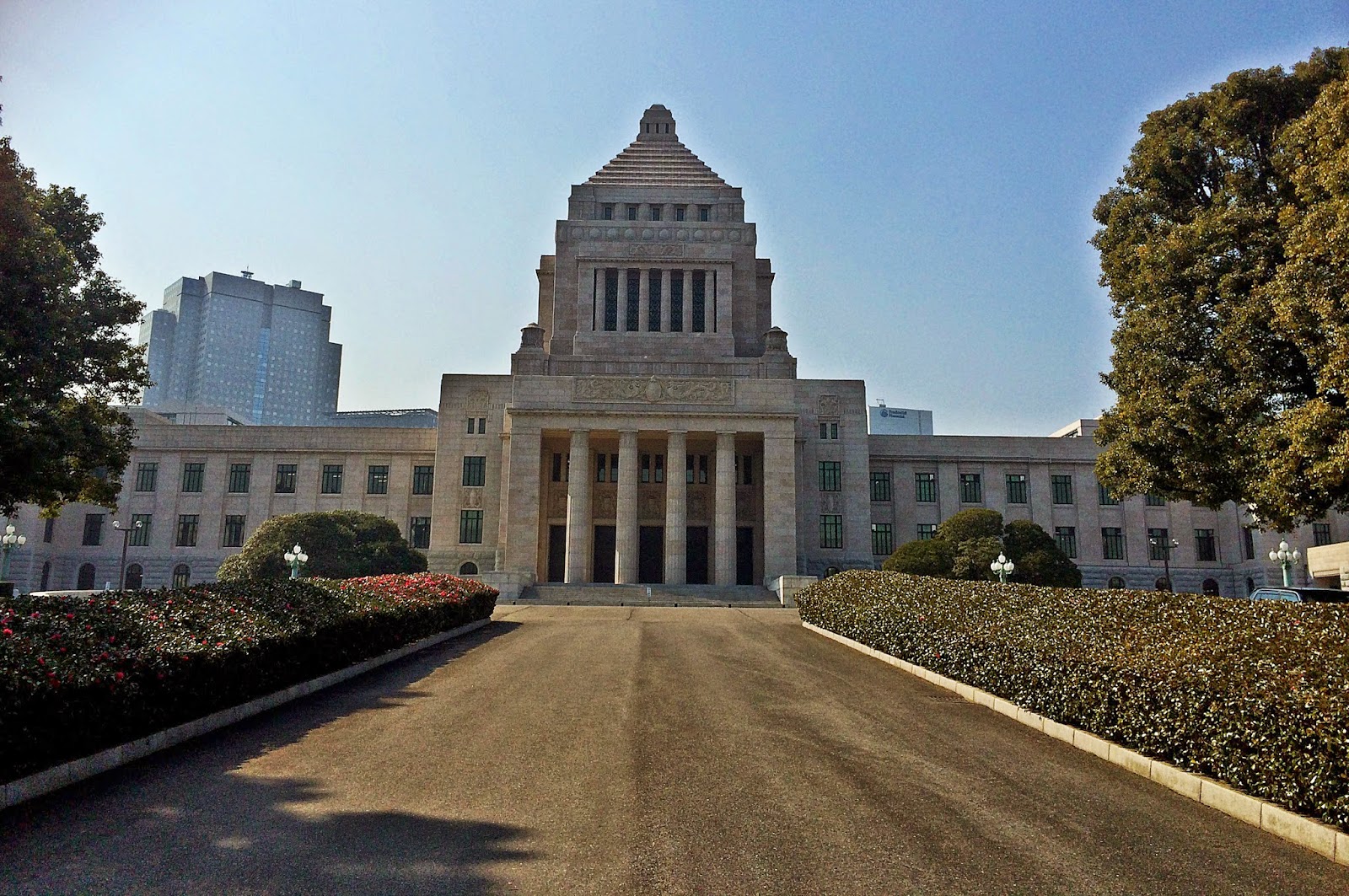 |
| The facade of the National Diet Building |
Who would
have thought that this Greco-Roman-inspired cream-colored building in Chiyoda
City, Tokyo is Japan’s highest organ of state power? The Japanese, despite
their faithful adherence to their traditional culture and strong claim to
homogeneity, have embraced the influences of the West during the Meiji Period
(1968-1912). This piece of architecture, which was designed in 1918 but was
finally finished in 1927 is a reflection of this change. The compound occupies
103,001 square meters of land while the building has a total floor area of
53,466 square meters.
The Two Houses
This
building houses the Upper House and the Lower House of the National Diet. The
House of Councillors has 242 members, 96 of whom are elected by proportional
representation system and 146 from 47 prefectural constituencies, who have a
term of office of six and three years. In contrast, the House of
Representatives is composed of 480 members, 180 of whom are elected under the
proportional representation system and 300 from single-seat constituencies, who
have a term of office of four years.
Functions of the
National Diet
The
National Diet, according to the Constitution of Japan, which was enacted in 1947,
shall be “the sole law-making organ of the State” (Article 41). It can draft
and pass laws, decide on the national budget, approve treaties made with other
countries, choose a Prime Minister and amend the constitution. It can also
conduct investigation regarding matters of significance for the country.
The National Diet
Building
The
materials used to build the Diet building mostly come from Japan like the pearls
from Okinawa and the marble from Shizuoka. The only important material are the
glass used in the ceilings and the windows which came from abroad. Inside the
building are several interesting spots that are worthy of seeing because of
their capacity to instigate awe from their spectators. The following
information came from the official pamphlet handed to visitors of the building.
Central Entrance. The Bronze doors of
the Central Entrance are opened only for His Majesty the Emperor on the day of
the Opening Ceremony, for State Guests on official visits, and for
newly-elected members of the Diet on the first day of the Diet session
following their election.
Members’ Entrance and Attendance Board. At
the Members’ Entrance stood a board where the members press their name-buttons
to indicate they are present.
Central Hall. This lies directly under the central tower. The
ceiling and windows are made of stained glass and the marble floor is accented
with a beautiful mosaic. Three bronze statues of notable men who contributed to
the founding of the parliamentary system in Japan are placed in the three
corners of the hall. These three men are Ito Hirobumi, Okuma Shigenobu and
Itagaki Taisuke. It can be observed that the fourth pedestal on one corner is
vacant. It is left that way to remind the people that Japan will give birth to
more notable statesmen in the future. The floor area of the hall is 267.65
square meters and the ceiling is 32.62 meters high.
Chamber of the House of Councillors. This is one of the most
important rooms in the whole building because this serves as the venue for the
plenary sessions. At the center of room stand the podium and the seat of the president
of the House of Coucillors that face the 460 seats of members arranged in a
semi-circle. Above this seat is the throne of His Majesty the Emperor, which he
uses whenever he attends the Opening Ceremony of the Diet.
There are also two rows on both
sides of the president’s seat. The first row is allotted for the Ministers of
State, the first seat is for the Prime Minister, and the second row is for the
secretariat of the House of Councillors. The ceiling is adorned by
Arabesque-patterned stained glass. The chamber is 32 meters long and 23 meters
wide, while the ceiling is 13 meters high. There is also a public gallery for
citizens and press people to observe the plenary sessions.
Emperor’s Room. One of
the most beautiful rooms in the building. This room is made with the best
materials – most expensive, most beautiful and with the highest quality. This
is the holding room of his Majesty the Emperor whenever he attends the Opening
Ceremony. This is also where he receives the President and Vice President of
the House of Councillors and the Speaker and Vice-Speaker of the House of
Representatives. There is also a grand staircase
that leads to the Emperor’s Room in the third floor from the Central Hall. This
Central Staircase is only used by His Majesty the Emperor.
There are also other rooms in the
building such as the Office and Reception Room of the President of the House of
Councillors, and several Committee Rooms for various committee hearings.
The
National Diet is open for visitors from Monday to Friday, 8:00am to 5:00pm.
There is also a free guided tour around the building that is worth joining.
Visitors can enter the Visitors Gate at the Annex of the House of Councillors. To view the displays at the House of Councillors Vistors' Lobby, please see this post
Political Memorabilia at the National Diet.
There are also interesting souvenirs that you can purchase at the stall at the exit of the Diet. There are keychains, notebooks, folders, calendars, fans, pens, ID laces and a special biscuit with Prime Minister Shinzo Abe's face.
 Cafe La Boheme is a restaurant chain in Japan that offers Italian food - pasta, pizza and good wine. This branch of Cafe La Boheme is situated right outside the exit of the Motomachi-Chukugai station in the Minato Mirai Line.
Cafe La Boheme is a restaurant chain in Japan that offers Italian food - pasta, pizza and good wine. This branch of Cafe La Boheme is situated right outside the exit of the Motomachi-Chukugai station in the Minato Mirai Line. 